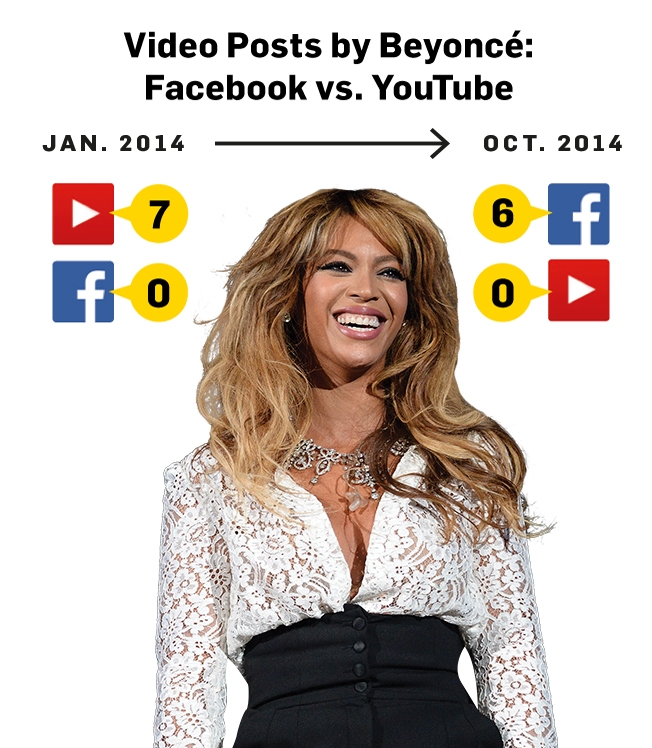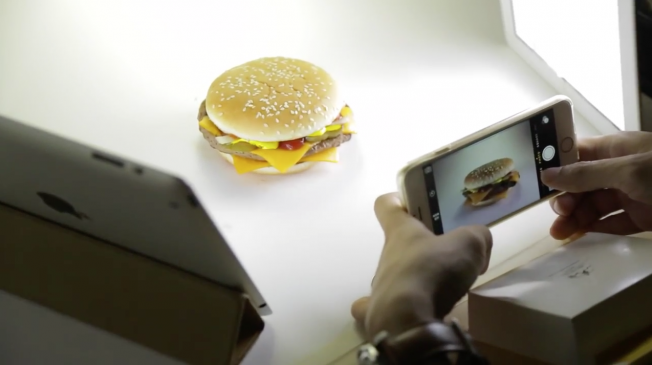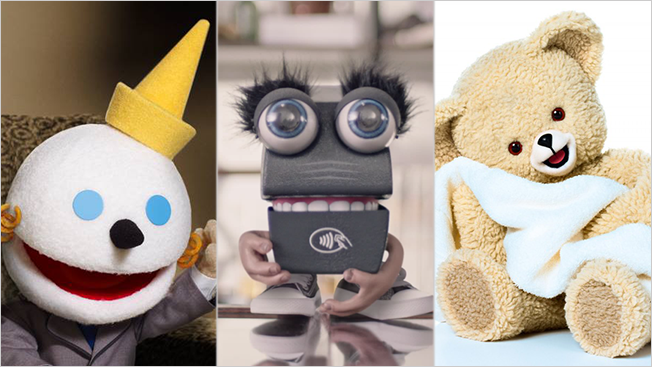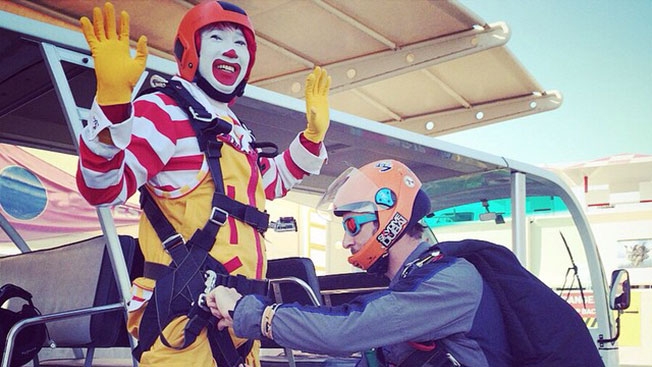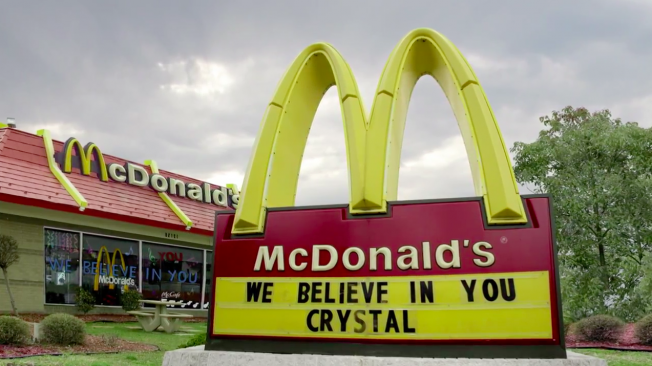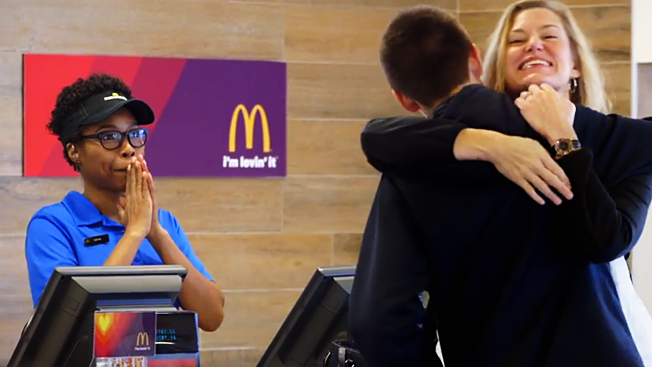![]()
Snapchat is asking brands for $750,000 a day for its new ads, according to multiple industry sources who have heard the pitch, and some say that's too expensive for the young app.
The messaging app with a heavy video focus has promoted itself to the ad world as a TV-style commercial space with millions of viewers a day. Snapchat only started running ads late last year, with its first coming from Universal Pictures for the film Ouija.
Since that launch, McDonald's, Samsung, Macy's and Electronic Arts have been early Snapchat sponsors, paying for "Snaps"—quick videos and photos—that show up in users' Recent Updates feed. There also are ad placements in the Our Stories live feed, which compiles users' videos and photos of major events like Macy's Thanksgiving Day Parade.
Snapchat, a platform that reaches a coveted teenage audience, has started asking brands for $750,000-a-day commitments, sources have told Adweek on the condition they and their employers not be named.
"They [Snapchat] have minimums, and they are very firm on them," said one agency executive who has talked with Snapchat about advertising. "From a monetization perspective, they are looking for fewer, bigger, better."
Asked for comment for this story, Snapchat said it does not comment on its ad prices.
The app has been soliciting only the top brands—"category leaders"—to buy placement, and it's disclosing audience numbers to attract the dollars it wants. Its stories can draw tens of millions of viewers a day, according to advertisers who said they heard the stats from Snapchat's team. The app has topped 100 million monthly users.
"We have clients for whom Snapchat works really well," the agency exec said. "It's good for a product launch or a rebranding like McDonald's has done."
McDonald's recently pushed its "Love Is Endless" animated commercial to Snapchat. And Universal appeared to find success as the first ad partner, so much so that it also served a second ad for Dumb and Dumber To.
However, there are drawbacks to Snapchat ads, including the platform's lack of sophistication, sources said. Snapchat has limited reporting capabilities, for one; it can't even tell brands how many men versus women saw an ad, and there are no age breakouts, the executive said.
Also, brands are wary of paying top asking prices when their ads disappear, sources said. (Users can view a Snapchat post briefly, then it vanishes in a snap.) "It's very hard for marketers to get their hands around advertising that is so ephemeral," the source said.
Snapchat has been trying to address data and reporting, and to be fair it is still very early in its ad business rollout. Last week, the service released its first study done with the help of MillwardBrown that showed users enjoyed the app's first round of ads and that the ads helped boost brand awareness.
A Universal executive was quoted in the report as saying Snapchat was a key part of the marketing strategy for those movies.
Snapchat has said it offers brands the opportunity to reach teenagers. And while the ads are fleeting, users do have to press their screens to view them, which shows clear engagement.
However, the youth appeal has its drawbacks, as well, limiting the interest of alcohol brands, for instance, along with advertisers who want to reach people with higher incomes, some in the industry said.
Now, with the jump in ad prices, it's a harder sell, another source said.
"I'm a big fan of Snapchat, but they are going to market with rates that are significantly higher than what's competitive out there," a top executive at a major brand said. "It is difficult to go forward with a deal with Snapchat at the prices they are quoting."
Snapchat is asking for rates that are higher than a masthead on YouTube, where a day costs about $500,000, another source said.
Some people compared Snapchat's strategy to Apple's iAd rollout five years ago, when it sought only top brands willing to make $1 million commitments. Apple has since backed off that premium structure, and iAd's model is unrecognizable from the one Steve Jobs launched.
"I don't think Snapchat can get what it's asking," this digital agency exec said. "They're going to have to negotiate down."

